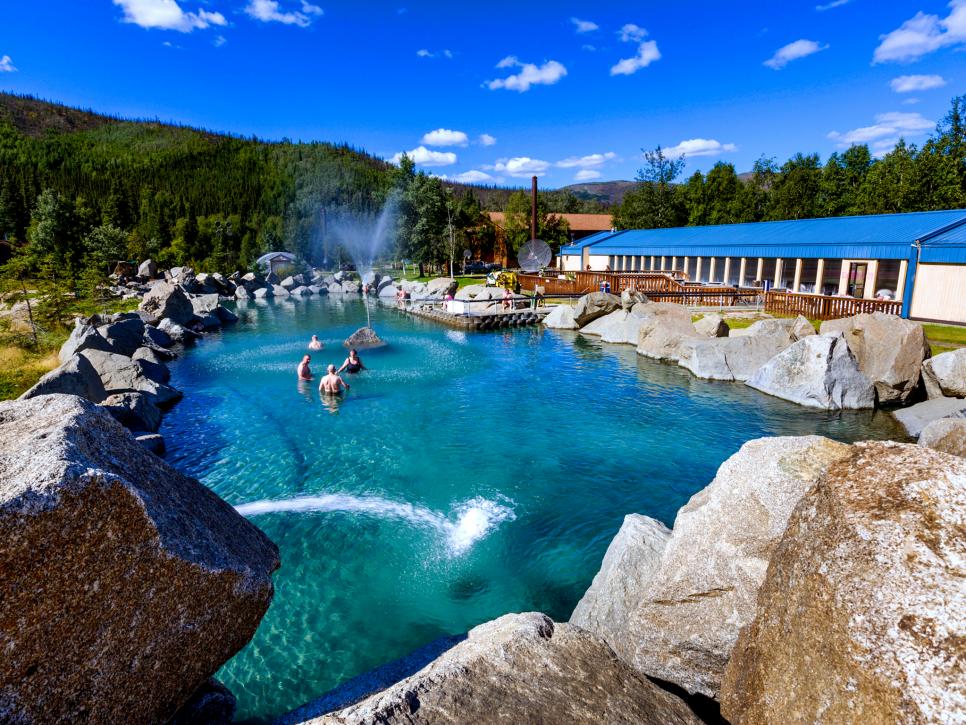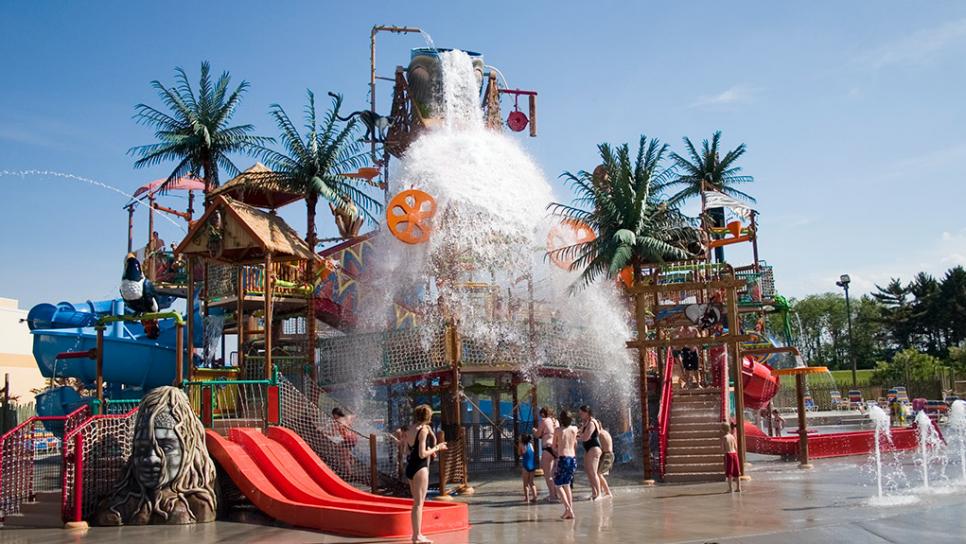
Summer has finally arrived! I’m sure you could agree this is the perfect time for family vacations, backyard BBQ’s and more free time for the kids to run around. None of that is complete without some fun in the sun especially in the water! Since we are in the season of family road trips our team at Sunsational Swim School want to ensure your little ones are taken care of on your vacations.
In my several years as a swim teacher, I’ve identified the common triggers for this reaction are separation anxiety, fear of new people ,and fear of new experiences. These attitudes are all a very normal part of child development. Here are a few ways to help your child overcome them when it comes to swimming lessons.
According to the center for disease control, from 2005-2014 there was a total of 3,868 fatal unintentional drownings averaging to about 10 deaths a day. About 1 in 5 of those people who die from drowning are children under the age of 14.
For every child who dies from unintentional drowning another 5 receive emergency treatment for nonfatal injuries. With these easy tips you can ensure you have the safest environment for your kids to enjoy the summer sun.
What to Look Out for In:
Private & Public Pools
Do you know where the entrances and exits are? Where are the pool ladders? Where is the deep end? Does the pool have a gate that is easily accessible? These are all wonderful questions to ask your child. Academy of Pediatrics has advised that gates to the pool area be self-closing and self-latching, with the latch out of the reach of children. Kids are doers. Taking your child to these areas and having them show you where these key components are will help the both of you know how to safely enjoy the pool.

Talk to your kids about lifeguards. Teach your kids what their job is and how to spot them. Always remember that if there is no lifeguard around, do not swim alone. For children under five years of age, the AAP recommends that parents or guardians use “touch supervision”, meaning not to be any farther than an arm’s reach away. There might also be times when the lifeguard is on duty or signs that show pool hours. Read the signs carefully and allow your children to understand the importance of them. Remind them that rules are in place for a reason. By obeying basic pool rules like not to run or not to swim alone it allows for less accidents to take place.
Hotels:
 Some hotels don’t have tight restrictions on glass bottles. This can be a potential hazard when children are running around if they accidentally knock glass bottles over or don’t see them. Doing an inspection of the area is always best.
Some hotels don’t have tight restrictions on glass bottles. This can be a potential hazard when children are running around if they accidentally knock glass bottles over or don’t see them. Doing an inspection of the area is always best.
Hot tubs are also a great luxury of hotel vacations. Water temperatures can easily reach 104 degrees or higher. The CDC recommends that kids under 5 years old should not enter a hot tub at all. (Children heat up a lot faster than adults).
If it is really hot outside, your body will cool itself slower. This could lead to overheating rather quickly. If it is really cold outside, your body could cool itself rapidly resulting in dizziness or other conditions. Managing the length of time your child is allowed to soak can prevent either of the scenarios--overheating and diziness--from occuring.
ps don't forget to warn your children about the hazards of drains that hair or limbs can easily get caught!
Beach:
 The beach can be a chaotic environment having a game plan on what to do or where to go for help can cut time in case of an emergency. Lifeguards are the best resources on beaches. The ocean can be unpredictable and tides can appear calmer than they actually are. Check in with the lifeguards or local law enforcement patrolling the area about how strong ocean waves and currents may be. Officials at some beaches use colored flags or signs to indicate safety conditions.
The beach can be a chaotic environment having a game plan on what to do or where to go for help can cut time in case of an emergency. Lifeguards are the best resources on beaches. The ocean can be unpredictable and tides can appear calmer than they actually are. Check in with the lifeguards or local law enforcement patrolling the area about how strong ocean waves and currents may be. Officials at some beaches use colored flags or signs to indicate safety conditions.
Establish a safety word. Let’s face it, children can get rowdy. By creating a safety word this allows for the parent and the child to immediately communicate they’re in danger or uncomfortable. Getting swept in a current can be terrifying. Inform your child to swim parallel to the shoreline until the current subsides and then return to land. Instruct them to signal for a lifeguard’s help and ensure your child can tread water if they get too tired to swim that far. Also, be aware of marine life - remind your kids to share the water nicely ;)
Lakes:
Unlike pools, natural bodies of water can be very murky. This could create a potential problem when diving or trying to estimate the depth of the water. There’s also the element of sharing the lake with boaters and other recreational vessels. Be sure you and your family know the assigned swimming areas,and remind everyone to stay within the permitted swimming boundaries..jpg)
The Drowning Prevention Coalition of Arizona warns, “[e]ven good swimmers can have an unexpected medical emergency in the water.” If your child will be partaking in these activities such as tubing or rafting, having a life jacket, preferably with bright colors, is a must.
Be certain that floatation devices meet the U.S. Coast Guard’s requirements for your child’s age and the swim environment. By simply tossing the floatation device in the water and inspecting the device for any holes is a good way to double check it’s working properly.
Waterparks:
On many water park attractions or slides they have posted height requirements. Have you ever waited in line at a restaurant or ice cream shop with anticipation of receiving a nice treat and your selection is out? Unless your kids are Mother Theresa’s in disguise, this can result in temper tantrums galore. You can save time not waiting in long lines by calling ahead or asking water park workers about this information.
 Lots of slides have a really fast flow of water especially at the exit of the ride. They also have rules or a set of directions to follow for what to do when they are on the ride such as crossing their arms over their chest and laying back etc. Ensuring your children know how to enter and exit the ride safely and that their swimming capabilities are strong enough to do so will result in a fun, memorable and most importantly safe family vacation.
Lots of slides have a really fast flow of water especially at the exit of the ride. They also have rules or a set of directions to follow for what to do when they are on the ride such as crossing their arms over their chest and laying back etc. Ensuring your children know how to enter and exit the ride safely and that their swimming capabilities are strong enough to do so will result in a fun, memorable and most importantly safe family vacation.
Other safety tips include:
- Know CPR & Lifeguard Skills
- Know the 8 S's of Sun Safety
- Pack protective footwear, sunscreen, googles and a first aid kit
- Know what and where are emergency resources are
About the Author: Jennifer Rellora
My name is Jen and my cumulative experience with swimming, instructing and coaching totals to 7 years. I've worked with children and young adults as a babysitter and Sports medicine trainer and I also have 3 nephews that are 3, 8 and 10 years old who I enjoy spending time with outdoors. I'm currently a student at Mesa Community College earning my associates in Dietetics. What I love most about teaching swim is the ability to pass on such a vital skill to a child and watch them flourish.
ABOUT SUNSATIONAL SWIM SCHOOL
Sunsational Swim School is the 🥇 #1 rated provider of private, at-home swimming lessons in America. We have specialized swim instructors for students ages 6 months to adult, beginner to advanced. Featured on ABC, CBS, Impact 100, The List and others, Sunsational instructors have a minimum of 2 years of teaching experience, are CPR certified and insured, and have collectively taught over 302,223 lessons for more than 74,415 students nationwide!
